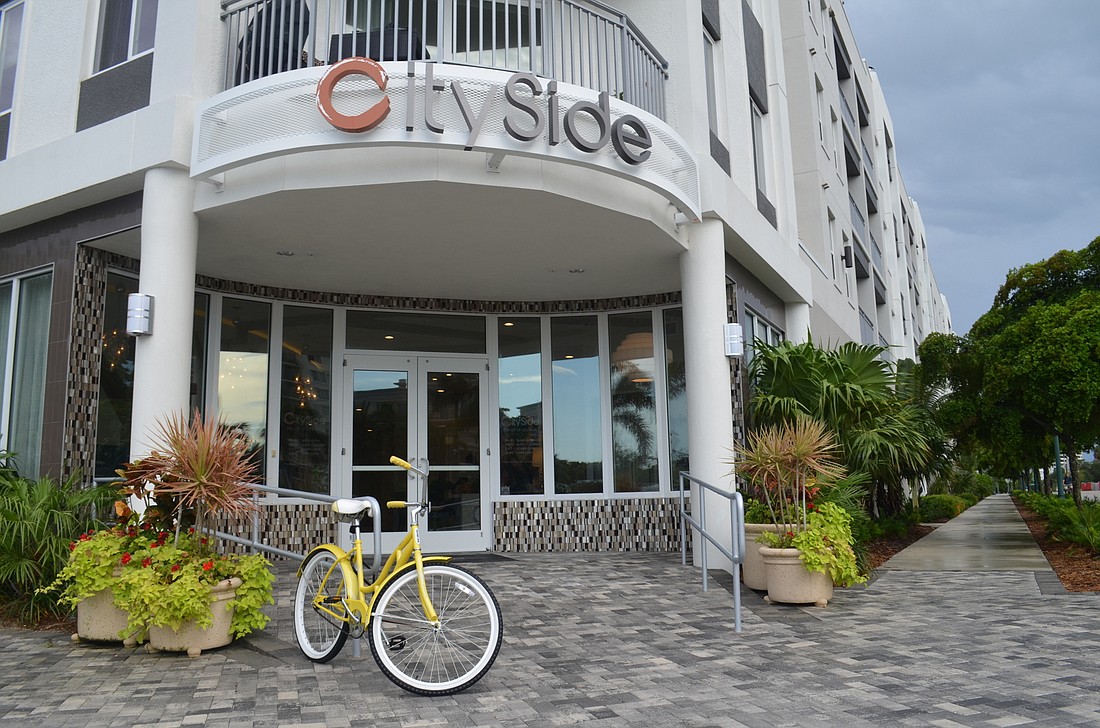- December 21, 2025
-
-
Loading

Loading

City officials and Rosemary District stakeholders have spent more than two years considering changes to the building regulations and are intent on fostering higher-quality development and affordable housing in the booming neighborhood.
Steve Cover, the city’s planning director, believes all that work has paid off — in the form of the latest proposal for a new Rosemary Residential Overlay District.
“I think it’s much better than what’s in place now, and I think it’s going to make a big difference,” Cover said.
The City Commission is set to discuss the revised zoning rules at its Aug. 19 meeting. Staff previously presented a proposal for the overlay district in June. At the time, commissioners directed staff to revise the proposal to provide stronger incentives for the creation of affordable housing.
The overlay district would permit developers to build residential projects with a density up to 100 units per acre if affordable housing is incorporated. Builders would be permitted to build an additional three market-rate units for every affordable unit.
Affordable units would be targeted at households making below 120% of area median income. At least one-third of those units must be provided for households making below 80% of area median income. No more than one-third would be provided for those making above 100% of area median income. Units must remain affordable for 30 years.
The proposal would increase the standard density from 25 to 40 units per acre. New projects would be subject to heightened design standards, such as requirements for wider sidewalks and varied architectural features.
Projects would also have to comply with at least three additional standards, which could include providing open space, contributing to a neighborhood parking fund or incorporating a mixed-use element.
The city created a Rosemary Residential Overlay District in 2014, which increased the maximum density for projects in the neighborhood from 25 to 75 units an acre. It expired at the end of 2018.
Howard Davis, chairman of the Rosemary District Association’s zoning committee, said he was supportive of the latest proposal.
“Although there have been some changes, we’ve been able to preserve the nucleus of what the community has been working for the last two years,” Davis said.
If successful, Cover said the proposal could influence planning efforts in other parts of the city.
“There’s some zoning concepts here we’re excited about,” Cover said.